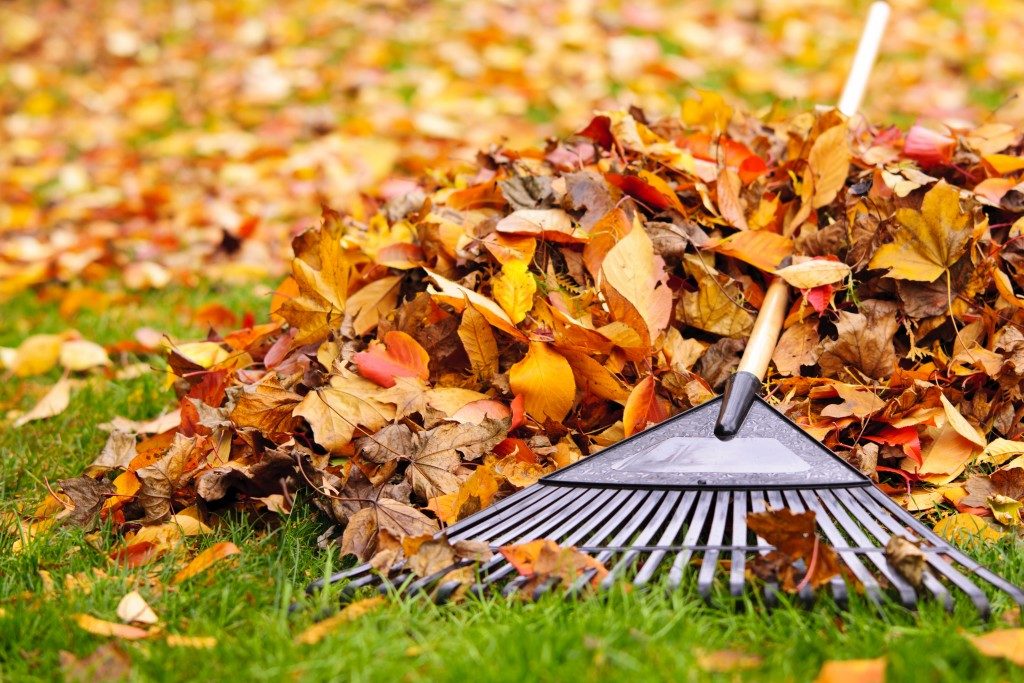Lawn treatments are usually conducted during the spring. Property owners call the assistance of companies that provide lawn treatment services to ensure great growth that will last until summer. However, not many realize that applying specific treatments during autumn is the perfect time to ensure that healthy growth and bloom can start at the first touch of spring.
Most property owners think that chores and tasks associated with lawn care are placed on hold as winter approaches. But feeding properly and dethatching appropriately help lawns recover quicker and grow greener as soon as winter dissipates. Here are some tips on lawn treatments that can be done during autumn to ensure great lawns in spring.
Lawn Feeding
Lawn feeding done at the end of summer or the start of autumn usually contains a high percentage of nitrogen. It allows plants to take advantage of the last weeks of the growing season just before the onset of winter.
But when winter is coming closer, nitrogen becomes irrelevant, thus using lawn food with a high percentage of potassium to encourage root development. The effects of doing this will be visible in the spring, when the lawn will be more resilient against pests, diseases and drought.
To feed lawn during autumn, it is best to use slow release fertilizer. Check for low nitrogen and phosphorous content but high in potassium. Alternatively, organic fertilizer may also be used. Bulky organic matter such as compost is not a good choice for lawn feeding. It is difficult to evenly spread and may worsen thatch problems.
Lawn Dethatching

Thatch builds up during summer and removing it is one of the most important tasks associated with care and treatment of lawns. Thatches build up as many species used in lawns are used in hot and dry climates such as Zoysia, Bermuda and Kikuyu.
Although most lawn companies conduct dethatching during spring, not many are aware that it can also be done during autumn. Dethatching during this season improves the rate of water saturation in the soil. In autumn, dethatching should be less aggressive than doing it in spring.
Focus only on species that easily recover from treatment. When it comes to St. Augustine or Buffalo grass, extra care must be implemented in dethatching, as it can lead to some irreparable damage.
Overseeding
Perennial lawns that become dormant in winter can be greened up by overseeding it with a variety of grass that grows well in the winter until it fades through the summer. This might be a great option for places where winter does not have a lot of snow.
Overseeding can be done only when dethatching is conducted before spreading the seed. This will help increase the germination rate to achieve a full and greener lawn in the winter.
The autumn season is the best time to re-assess lawn conditions and consider treatments that can help it survive winter and be ready for spring. Lawn treatments in autumn provide grass plenty of time to absorb the feeding and respond to treatment before winter sets in.





